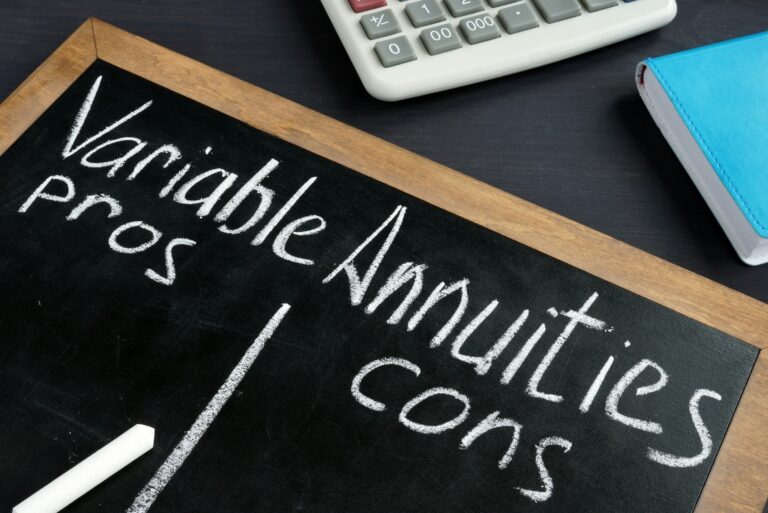Your 40s is a transitional decade between early adulthood and middle age. It’s also a pivotal period in your career as an investor. Learn how to navigate its ups and downs without exposing yourself to undue risk or leaving money on the table.
You searched for
Early 401k Withdrawals
12 articles
There are many types of investment accounts. Some let you invest and withdraw as much as you want, whenever you want. Others come with tax advantages but come with contribution and withdrawal limitations. Learn about the most common types of investment accounts and how they differ.
Managing your money in your 30s comes down to prioritization. Fortunately, you don’t need to be a math whiz or personal finance nerd to get your investments right — just follow a few simple rules. Learn how to invest in your 30s to provide long-term security and a reliable path to building wealth.
Just because you opened a 401(k) with one employer doesn’t mean you have to leave your money there after you leave the company. You can roll over your retirement savings from one employer-sponsored account to another, or to an individual retirement account (IRA). Learn how to roll over a 401(k).
Investing is one of the most effective ways to build wealth and reach your financial goals, but many millennials struggle to invest for a variety of reasons. The good news is that once you learn the basics, investing isn’t too difficult. Read on for investing advice for millennials.
Even if you have a retirement nest egg, you run the risk of outliving your savings. An annuity is a contract that guarantees a series of payments for a period of time, sometimes even for life. Learn what an annuity is, how it works, the different types of annuities, and their pros and cons.
Fixed annuities offer guaranteed, generally low rates of returns, but variable annuities add equities exposure to offer the potential for higher returns — if the market cooperates. Learn how variable annuities work, how they differ from other types of annuities, and the potential benefits and risks.
Managing the high costs of infertility involves obvious saving methods like insurance and prescription drug savings, though there are other ways, such as crowdfunding or grants and finding a job with infertility benefits. There are riskier options available, but you should consider those carefully before opting in.
For years, the traditional 401(k) plan has been the most popular workplace retirement account. However, there’s a new alternative that’s been growing steadily in the past decade: the Roth 401(k). Learn how a Roth 401(k) works and whether it’s right for you here.
The simplified employee pension individual retirement account (SEP IRA) helps self-employed workers save for retirement and get similar tax benefits as employees with traditional retirement plans. Learn SEP IRA rules and eligibility, and the pros and cons of these accounts for small-business owners.
Keogh plans are lesser-known retirement vehicles designed for the self-employed. Although they can be difficult to qualify for and administer, they offer incredibly high contribution limits for those looking to catch up on retirement savings. Learn about Keogh plans and their pros and cons.
You have many retirement account options, with rules and contribution limits that change regularly. Congress has raised the contribution limits for some retirement accounts but not others. Learn the rules and this year’s contribution limits for whichever accounts you personally use.










